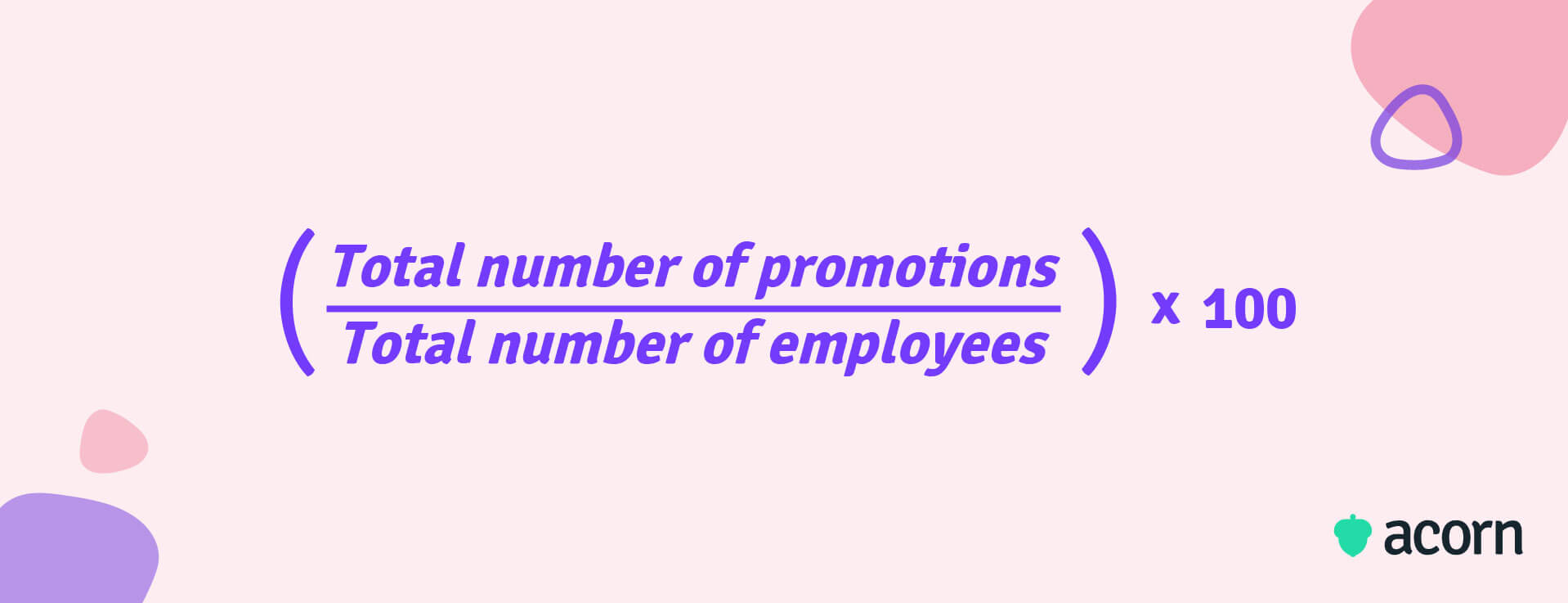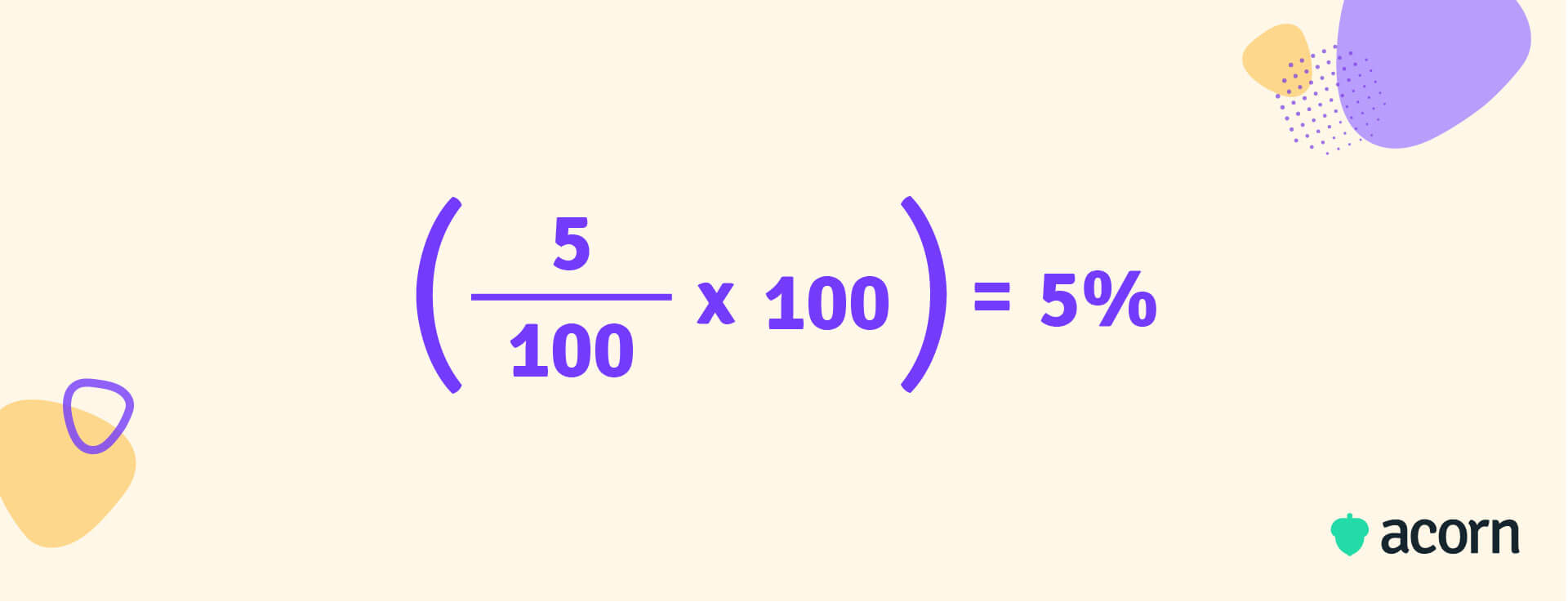How to Calculate & Benchmark Your Internal Promotion Rate
Reading Time:

Lead the pack with the latest in strategic L&D every month— straight to your inbox.
SubscribeUnderstanding internal promotion rate sheds light on the strength or weakness of internal mobility within your workforce.
As your organisation grows, it becomes necessary to promote top performers to lead and manage other employees, allowing for more efficient business processes and operations. Promotions, particularly internal promotions, are a crucial way employers can show they appreciate and recognise employee effort and mean to continue investing in their careers.
But how many promotions are necessary for a company, and how many are too many? In this blog, we’ll dig deeper into how to calculate and benchmark the rate of internal promotions in your business.
What does promotion rate mean?
Promotion rate is a human resources metric measuring the frequency at which employees are promoted within an organisation. It’s calculated by dividing the total number of promotions in an organisation in a fiscal year by the total number of employees. Promotions can be internal or external and are usually accompanied by increased pay or job titles. They can also be vertical, horizontal, or dry (more on this later).
What is a good promotion rate?
“Good” promotion rates vary based on the industry, size, and circumstances of the business. If your company is growing, merging, or acquiring new businesses, it might have a high number of promotions to keep up with the change. SHRM’s Customised Human Capital Benchmarking Report suggests that the average promotion rate for organisations is 6%.
In the US during 2022, the five industries with the highest promotion rates were:
- Technology, information, and media
- Professional services
- Financial services
- Utilities
- Manufacturing.
While the industries with the lowest promotion rates in 2022 were:
- Government administration
- Education
- Hospitals and healthcare
- Consumer services
- Hospitality.
Factors affecting promotion rates
Promotion rates can be influenced by several factors from within and without an organisation. Some of the more common factors affecting promotion rates are:
- Company culture, such as if an organisation prioritises learning and employee development. 94% of employees say they’d stay with an organisation longer if it invested in their development, allowing them to build the skills required for more advanced roles within the business. At the same time, toxic workplace cultures drive turnover rather than promotion.
- Employee performance, which is a key driver behind promotion decisions. High-potential, high-performing talent are more likely to be selected for promotions. This isn’t to say that all top performers should be promoted to leadership or management roles, but it is a key indicator.
- The number of open positions. When there are more opportunities for advancement, promotion rates increase, but with fewer opportunities, fewer employees will advance.
- Leadership styles within the organisation or teams. Leaders who prioritise the careers and development of their employees will likely see more promotions, since employees will have the right capabilities for higher-level roles and responsibilities. On the other hand, poor leadership that doesn’t offer growth opportunities to employees could see a higher turnover rate instead.
- Financial reasons, both company-specific and in the wider world. For example, companies might be less likely to promote employees during difficult economic times like recessions because of the economic uncertainty. Individual teams may also simply not have the available budget to promote members into leadership or management roles.
- Industry trends and competition causing talent and companies to seek and compete for new employment opportunities. If an industry requires highly specialised skills, promotion rates might increase as organisations attempt to retain and develop their top talent.
- Diversity and inclusion initiatives, which might cause higher promotion rates for under-represented groups in order to ensure equal opportunities. At the same time, the quality of diversity and inclusion initiatives could affect promotion rates if companies ignore merit in favour of the status quo, or talent from under-represented groups leave to find opportunities in more inclusive workplaces.
How to calculate promotion rate
You can calculate your promotion rate with one simple formula:

Step 1: Determine the time period
First, determine the time frame you’re measuring promotion rates for. This can cover a year, several months, or another period of time that’s relevant to your business and its operations. Let’s assume that you’re trying to find the promotion rate over the financial year.
Step 2: Define promotions
The next step is defining what, exactly, you’re considering a promotion. This comes down to what, specifically you’re trying to measure (think: internal mobility). So, consider what promotions you want to calculate the rate of.
- Internal promotions are when an employee who is already working within the organisation is promoted to a new position.
- External promotions are when an external candidate takes on a role in a new company that is higher than their previous position.
Both forms of promotions come in different types:
- Vertical. This is what people typically think of when they think of promotions: upward movement in a company, with a higher job title, increased pay, and more responsibilities.
- Horizontal (or lateral). Typically, this is moving “horizontally” rather than having upward mobility. It means an increase in pay and perhaps even job title, but there aren’t any significant changes to job responsibilities. Essentially, it’s moving to a new role at virtually the same level.
- Dry. This involves the responsibilities of a new title or role, but without the benefits usually expected from a promotion (like better pay). This type of promotion can cause resentment and drive turnover, though, as employees may feel the company is asking more of them for little reward.
Let’s say you don’t want to include external promotions in your calculations, and only want to calculate the rate of employees moving up job levels internally. Your calculations will involve only the internal vertical promotions that occurred over the time period.
Step 3: Identify the population
Are you calculating promotions organisation-wide, or just within a specific department or team? Looking at promotions across the entire organisation can be used in evaluating company-wide growth and scaling. On the other hand, promotions in specific teams or departments can break that down into more detail, by indicating which teams are experiencing the most growth within the company.
For our example, let’s say you want to look at the promotion rate of the whole organisation, which has only 100 employees.
Step 4: Find the number of promotions
Now that you have defined what to consider as a promotion for this metric and you’ve also identified the relevant population within the organisation, you can find the number of promotions that occurred within that population during the set time period.
Let’s say that over the course of the financial year, your 100-person organisation saw five promotions given to internal candidates.
Step 5: Calculate the promotion rate
Finally, you can calculate the promotion rate with the formula above.
So, if:
- Promotions are defined as both vertical and internal
- The promotion rate of the whole 100-person company is being measured for the specified financial year
- There were five promotions company-wide over the course of the financial year
Then your formula will look like this:

If your organisation is operating as expected across the year, this is a good promotion rate, as it lines up with the average promotion rate according to SHRM. But if your organisation is currently growing, this could indicate that your rate of promotion isn’t matching your growth rate. If this is the case, your leadership team is probably feeling stretched thin across the whole organisation, affecting employee engagement and productivity.
The challenges of measuring promotion rates
Measuring your organisation’s promotion rates is useful for understanding the rate of upwards mobility and all that entails, but measuring your promotion rate comes with some challenges, especially if you’re relying on this metric alone.
As with all HR metrics, you need to use promotion rate in tandem with other metrics like retention rate, turnover rate and revenue per employee to determine if your rate of promotion is actually beneficial to your business. Focusing solely on promotions doesn’t reveal improvements (or otherwise) to engagement, productivity, or business revenue.
Let’s come back to our previous promotion rate example. If your organisation is going through a growth stage, a 5% promotion rate could be considered low, and might indicate underlying issues in the workforce. Think: A toxic workplace culture, lack of employee engagement, low morale, or job dissatisfaction. This is why measuring other metrics alongside your promotion rate helps to contextualise the rate of promotions in your business.
And, while promotions are generally given to your leadership-capable, high-potential talent, you need to remember that promotion rates on their own don’t indicate the performance of promoted employees, just that they’ve been promoted. Combining performance metrics with promotion rate can explain that, though. That’s why here at Acorn, we’ve pioneered the first performance learning management system (PLMS), which helps guide employees through their roles’ specific capabilities in order to drive organisational performance.
This is all to say that organisations should evaluate the underlying causes of promotion rates to identify and address any issues that may be negatively affecting it, because those causes will affect engagement, retention, productivity, and your organisation’s bottom line.
Key takeaways
There’s no singular right or wrong answer to what a good promotion rate is, so organisations need to be sure to measure their rate of promotions against specific industry benchmarks. It’s better to focus more on what promotion rates are affected by, like:
- Company culture
- Employee performance
- Available positions
- Leadership styles
- Financial and economic factors
- Industry trends
- Diversity and inclusion initiatives.